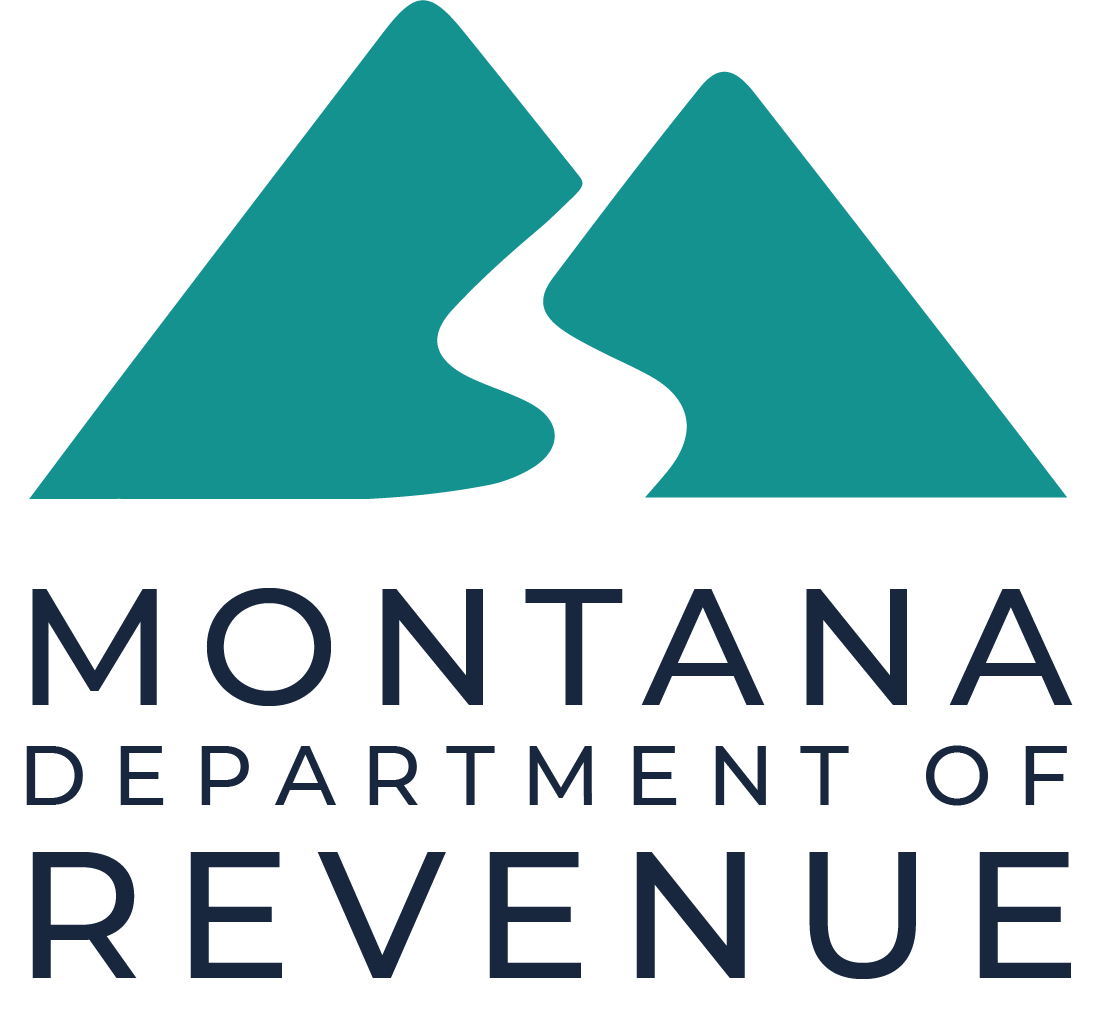This credit was repealed by the 2021 Montana State Legislature. You may not claim this credit after Tax Year 2021.
You may use this form to claim your energy conservation installation credit.
Eligibility
Any individual Montana resident Businesses may be eligible for the Energy Conservation Investment Deduction.
Qualifying Expenditures
The costs of materials and equipment that reduce the waste or dissipation of energy, or reduce the amount of energy required to accomplish a given amount of work installed in a home or other building.
Qualifying Investments include:
- Heat recovery ventilators (HRV) meeting the CSA C439-00 standard
- Heating and cooling systems that meet or exceed:
- Split system central air conditioning with
- An EER of at least 13, and
- SEER of at least 16
- Package system central air condition with
- An EER of at least 12, and
- SEER of at least 14
- Split system air source heat pumps with
- An HSPF of at least 8.5,
- EER of at least 12.5, and
- SEER of at least 15
- Package system air source heat pumps with
- An EER of at least 12, and
- SEER of at least 14
- Natural gas or propane furnaces with an AFUE of at least 95
- Oil furnaces with an AFUE of at least 90
- Split system central air conditioning with
- Hot water boilers with an AFUE of at least 90
- Gas, oil, or propane water heaters with
- An energy factor of at least 0.82, or
- Thermal efficiency of at least 90%
- Electric heat pump water heater with an energy factor of at least 2.0
- Exterior windows and skylights with a U-factor up to 0.30
- Storm windows with a U-factor up to 0.30 when measured in combination with the exterior window it covers
- Storm doors with a U-factor up to 0.30 when measured in combination with the exterior door it covers
- Insulation on floors, walls, ceilings, and roofs in existing buildings
- Insulation on floors, walls, ceilings and roofs of a new building
- Insulation on heating and air conditioning pipes
- Insulation and sealing on heating, ventilation, and air condition (HVAC) ducts
- Insulation on hot water heaters and tanks
- Glass fireplace doors on existing conventional fireplaces
- Exhaust fans to reduce air conditioning requirements
- Electronic ballast, compact or linear fluorescent lamps, and LED lights used to replace incandescent light fixtures
- Lighting controls with cutoff switching to permit the selective use of lights
- Programmable thermostats
- Caulking and weather stripping on existing structure, except when it is a standard component in the construction or maintenance of the structure, such as caulking and chinking a log home
- Devices limiting the flow of hot water from shower heads and lavatories
Please Note for New Construction after December 31, 2014: This credit only applies to the amount spent above the current International Energy Conservation Code with Montana amendments on windows, doors, skylights, and insulation.
Nonqualified Expenditures
Most investments for repairs or maintenance will not qualify. Here is a sample list of investments not allowed for the credit. It is not a comprehensive list, only guidelines to assist you in determining if your investment qualifies:
- Installing Carpet
- Re-shingling or repairing a roof
- Metal roofing with pigmented coating or asphalt roof with cooling granules
- Paint
- Replacing or repairing a failing foundation
- Siding
- Portable air conditioners
- Space heaters
- Insulating an unheated space
- Gas fireplaces and fireplace inserts
- Household appliances such as Energy Star® stoves, washers, and dryers
Benefit
25% of the qualified costs up to $500 for individuals or $1000 for couples filing jointly Two or more people may each qualify for the credit, if the investment is made to a building owned by all of the people claiming the credit. For example, a married couple who jointly own their home may each claim a credit up to $500, or $1000 for the couple.
Carry Over
This credit can’t be carried forward or backward.
Related Laws
Learn more about Energy Tax Relief.
